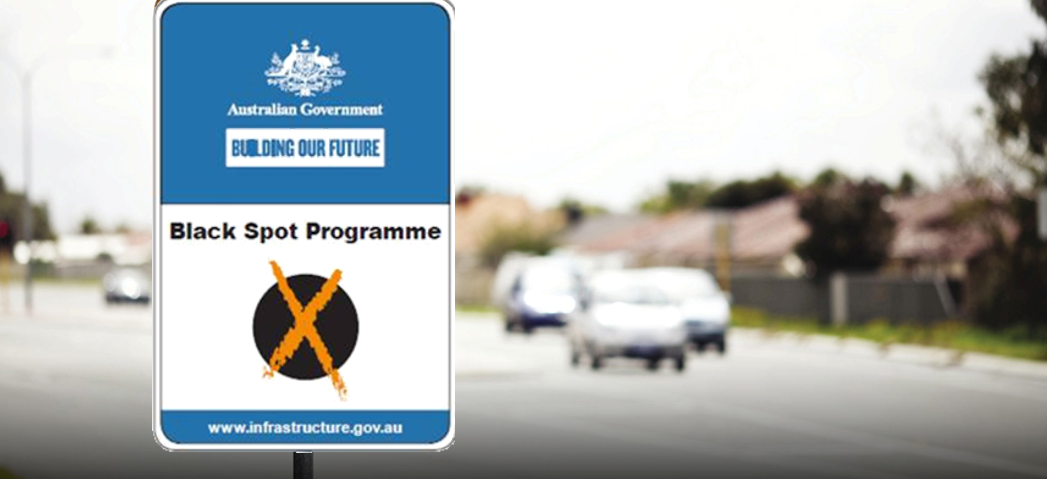|
Every year, 1.25 million people are killed in road crashes and up to 50 million are seriously injured. Road crashes kill more people than malaria or tuberculosis and are among the ten leading causes of death. Their economic cost is estimated at 2-5% of GDP in many countries. To stem the road death epidemic, the United Nations have set the target of halving traffic fatalities by 2020. A new report, written by a group of international road safety experts, provides leaders in government, administrations, business and academia with emerging best practices and the starting point to chart their own journeys towards a Safe System. This report calls for a paradigm shift on road safety policy to achieve a drastic reduction in the number of road deaths. It reviews strategies employed by countries with outstanding road safety performance based on the vision of “zero road deaths” and underpinned by a “Safe System” approach to road safety.
This report describes a paradigm shift in road safety policy, being led by a handful of countries, according to the principles of a Safe System. A Safe System is based on the premise that road crashes are both predictable and preventable, and that it is possible to move towards zero road deaths and serious injuries. This, however, requires a fundamental rethink of the governance and implementation of road safety policy. (You can read the report via the following link. An OECD Library subscription is required to download a PDF version)
0 Comments
This week the Australian Government announced that Senators Dean Smith and Nigel Scullion have been reappointed as respective Chairs of the Western Australian and Northern Territory Black Spot Consultative Panels.
Each Senator will work with a range of community and road user groups, industry members and government agencies to allocate funding under the Australian Government’s Black Spot Programme toward some of the most dangerous roads in their respective states and territories. The Black Spot Programme is part of the commitment to reduce crashes on Australian roads. Road crashes are a major cost to Australians every year. Black Spot projects target those road locations where crashes are occurring. By funding measures such as traffic signals and roundabouts at dangerous locations, the programme reduces the risk of crashes. Programmes of this sort are very effective, saving the community many times the cost of the relatively minor road improvements that are implemented. The Australian Government has committed $500 million to the Black Spot Programme from 2014-15 to 2018-19, which includes an additional $200 million over two years from 2015-16 to improve road safety across the nation. Funding is mainly available for the treatment of Black Spot sites with a proven history of crashes. Project proposals of this sort should be able to demonstrate a benefit to cost ratio (BCR) of at least 2. However, to assist Proponents to identify additional projects during the financial years 2015-16 and 2016-17 a BCR of at least 1 will be accepted for these financial years only. For discrete sites (for example, an intersection, mid-block or short road section) the minimum eligibility criterion during the financial years 2015-16 and 2016-17 will be a history of at least two casualty crashes over five years and during the financial years 2014-15, 2017-18 and 2018-19 a history of at least three casualty crashes over five-years. " Trips by car now account for at least half of all distances traveled by 10-14 year olds and this shift is believed to account for the fact that more children are killed today as car passengers than in any other form of transport. "Children are considered vulnerable road users because up to the age of approximately ten years they may not be developmentally ready (i.e. they do not have the physical and cognitive skills) to make safer judgments and choices of their own about traffic. Parents, carers and educators need to be aware of the skills of the children and plan road safety awareness in accordance with the child’s development.
Child pedestrians are at risk because physically they have:
Child pedestrians are at risk because cognitively they have:
Children may also be at risk because of their:
Protective pedestrian behaviours To reduce the risk to child pedestrians, classroom and parent education should focus on children:
Addressing the above issues by driving children to and from school is a common reaction by parents. However, this decision is often made without consideration of the full facts regarding car travel. Trips by car now account for at least half of all distances traveled by 10-14 year olds and this shift is believed to account for the fact that more children are killed today as car passengers than in any other form of transport. It should also be remembered that trips by car have an element of walking involved and this walking trip at the school end is often in a car park or drop-off/ pick-up environment with high risks associated with increased traffic and parking manoeuvres, including reversing. Most crashes involving child pedestrians and vehicles are the result of errors made by children. Children under ten years of age do not have the necessary cognitive and perceptual skills to negotiate roads without adult supervision. Most cycling injuries occur on public roads and don’t involve another vehicle, but occur when children fall off their bikes. For young cyclists a footpath or shared path is the best place to ride. All-age cycling on footpaths is legal in Western Australia. Anyone can cycle on a footpath, but there are some conditions. See the Road Safety Commission website for more details. |
AuthorDavid Wilkins, Principal & Senior Traffic Engineer. Archives
August 2023
Categories
All
|



 RSS Feed
RSS Feed